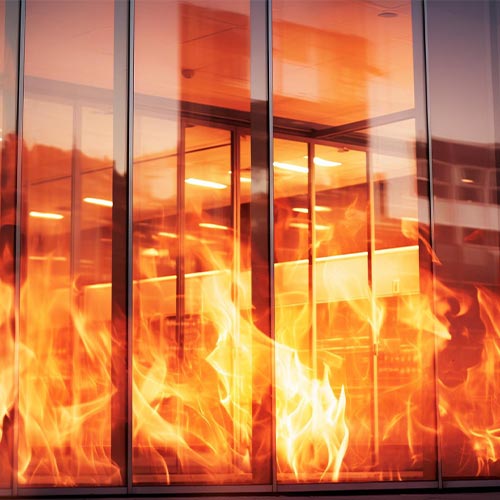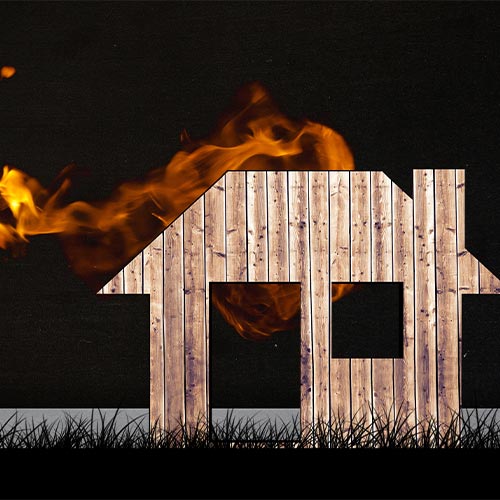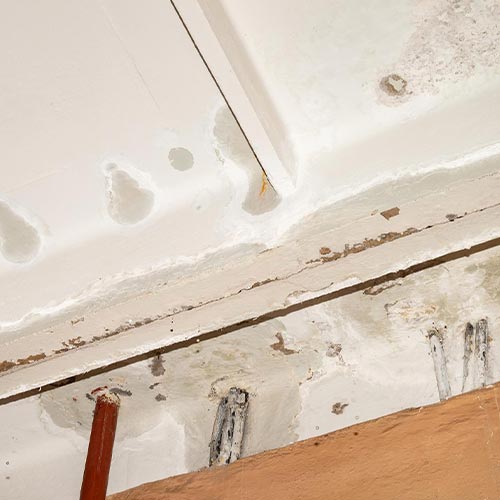Does Insurance Cover Home Restoration? What You Need to Know
When disaster strikes, whether in the form of fire, flood, or storm, the first question many homeowners ask is: “Will my insurance help me restore my home?” Understanding insurance coverage for home restoration can save you time, money, and a great deal of stress. It’s not just about repairing walls or replacing flooring — it’s about restoring your home to its original comfort, safety, and value.
In this guide, we’ll explore the nuances of insurance coverage for home restoration. Many homeowners mistakenly believe that their insurance covers everything, but the truth is far more complex. Your policy may include certain types of damages and exclude others, depending on the cause and the extent of the incident. Being informed about what is covered, what isn’t, and how to handle the claims process can make all the difference.
Whether it’s a burst pipe causing water damage, a tree crashing through the roof, or mold growing silently in your basement, knowing how insurance coverage for home restoration works will help you take the right steps. Many insurance companies have strict definitions for “covered perils” and will often require documentation, proof of maintenance, and prompt reporting of the damage.
Another key reason to understand your insurance coverage for home restoration is to avoid costly out-of-pocket expenses. Many homeowners find themselves financially unprepared simply because they didn’t read the fine print or consult a restoration expert early enough.
It’s also essential to act quickly. Insurance companies often have deadlines for reporting damage and submitting claims. In many cases, waiting too long can mean the difference between full reimbursement and a rejected claim. By understanding your rights and responsibilities under your insurance policy, you ensure the best possible outcome for your family and your property.
In this article, you’ll learn everything you need to know about insurance coverage for home restoration, including how policies are structured, what types of events are typically covered, what documentation you’ll need, and how professional restoration companies can support your claim. With the right knowledge and support, you can navigate the aftermath of home damage with confidence.
Transform Your Space with BUILPIRE – Book Your Consultation Today!
Understanding Home Insurance Basics
Homeowners insurance is designed to protect your most valuable asset: your home. It typically includes coverage for the structure, personal belongings, and liability. However, insurance coverage for home restoration specifically refers to how your policy addresses the cost of restoring your home after a damaging event like water intrusion, fire, storm, or vandalism.
Most standard policies cover certain “perils,” such as fire, lightning, theft, and some types of water damage. However, not all damage is treated equally. For example, flood damage is usually not included in standard policies and may require separate flood insurance.
What’s Usually Covered?
Your insurance coverage for home restoration may include:
- Structural damage repairs (walls, roof, floors)
- Replacement of damaged insulation and wiring
- Debris removal and cleanup
- Mold remediation (if sudden and accidental)
- Temporary living expenses (loss of use)
These types of coverage can significantly reduce your financial burden when handled correctly. The key is to ensure the damage was caused by a covered peril and reported promptly.
What’s Not Typically Covered?
Exclusions are equally important to understand. Common exclusions in insurance coverage for home restoration include:
- Gradual damage (wear and tear)
- Neglected maintenance
- Floods and earthquakes (usually require separate policies)
- Intentional damage
Being aware of these exclusions can help you take preventive steps and secure additional riders or separate policies where needed.
How to File a Claim for Home Restoration
Filing an insurance claim is a process that involves multiple steps:
- Document the damage: Take clear photos and videos.
- Contact your insurer immediately.
- Hire a licensed contractor or restoration company.
- Get an estimate for repairs.
- Submit all required documents.
Timeliness and documentation are crucial. Working with a reputable restoration company can help ensure your claim is processed efficiently.
Working With Restoration Professionals
Hiring experts who specialize in home restoration is not only wise but often necessary. Companies like Builpire, which offers end-to-end home restoration and interior design services, understand how to work with insurance providers. They can provide detailed reports, accurate damage assessments, and even help you communicate effectively with your insurer.
Builpire’s experience ensures that your insurance coverage for home restoration is maximized, helping you return to your home faster and with higher quality results.
Maximizing Your Insurance Benefits
To get the most from your insurance coverage for home restoration:
- Review your policy annually
- Keep records of home upgrades and maintenance
- Act fast after damage occurs
- Work with restoration professionals
Being proactive pays off. Knowing what your policy includes (and doesn’t) will allow you to make informed decisions in emergencies.
Preventing Future Issues
While no insurance policy can prevent damage, taking steps like waterproofing your basement, trimming trees near your home, and maintaining plumbing systems can reduce your risk — and potentially lower your premiums.
Conclusion:
Trust Experts Like Builpire Home damage is stressful, but you don’t have to navigate the restoration process alone. Understanding your insurance coverage for home restoration can be the difference between a smooth recovery and a financial nightmare. Trusting professionals like Builpire, who combine restoration expertise with interior design skills, ensures you get back to normal quickly and beautifully.
For more ideas and guidance, follow us on Instagram.
Frequently Asked Questions About Insurance Coverage for Home Restoration
-
What does insurance coverage for home restoration typically include?
- It generally includes repair or replacement of damaged structures, cleanup costs, and sometimes temporary housing if the home is uninhabitable.
-
Is flood damage covered under insurance coverage for home restoration?
- No, flood damage usually requires separate flood insurance. Standard policies often exclude it.
-
Can I choose my own restoration company when filing an insurance claim?
- Yes, most insurance providers allow you to choose your own licensed contractor or restoration company, like Builpire.
-
How long does the claims process take?
- It varies by insurer and damage severity, but typically takes a few weeks to a few months. Providing thorough documentation speeds up the process.
-
Does mold removal fall under insurance coverage for home restoration?
- Only if the mold is the result of a sudden and covered event like a burst pipe. Mold from long-term moisture is typically excluded.
-
Will my insurance cover upgraded materials or design improvements?
- Only the cost of replacing what was lost is usually covered. Upgrades must often be paid out-of-pocket unless specified in the policy.
-
What should I do first after discovering home damage?
- Document everything, contact your insurance provider, and get in touch with a restoration expert to assess and begin repairs.





